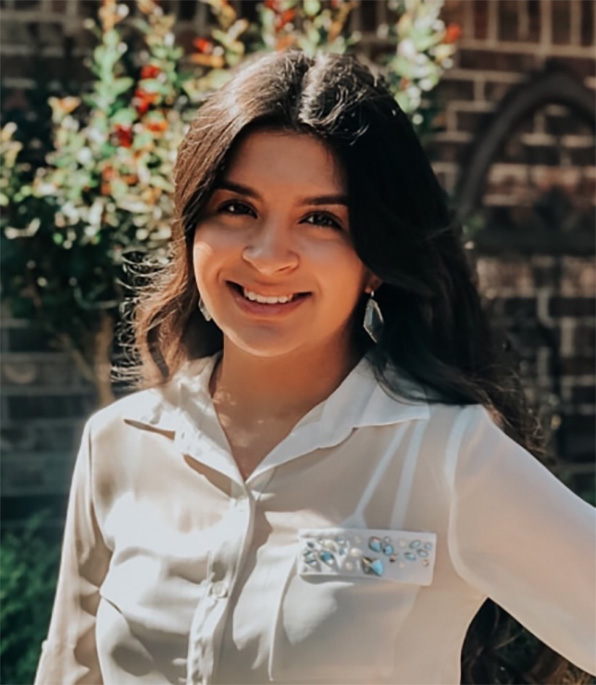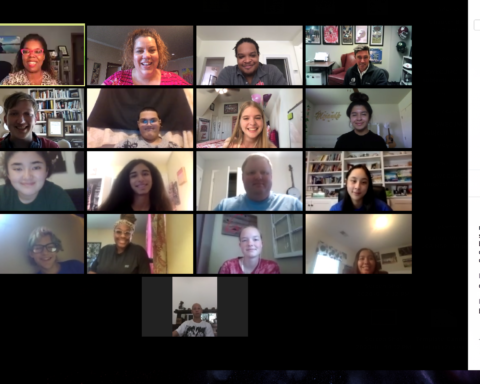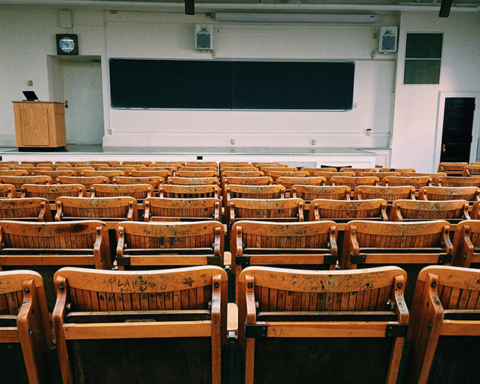
Story by Miranda Renteria
In the spring, COVID-19 took many by surprise with its impact closing down businesses, suspending travel, and making most schools switch to virtual learning for the rest of the year. With school already underway at some schools and universities and rapidly approaching for others, many changes and restrictions have or will be applied because of the constant increase in virus cases. Teachers, parents, and students alike are all learning how to live through these unprecedented times.
There’s a 104 days of summer vacation… As children, everyone wished for summer to last 104 days like the the song from the cartoon, Phineas and Ferb. Well, that wish came true and then some, with many students being at home since spring break; however, it was at a cost that no one was anticipating. Most schools across the United States turned to distance learning in March due to the increasing cases of the COVID-19 pandemic. But, as summer comes to an end, schools are reopening to welcome students for the 2020-2021 school year, both virtually and physically, while COVID-19 numbers are much higher in many states than they were in the spring, Oklahoma included.
Wendy Mounger, middle school teacher at Rosary Catholic School in Oklahoma City, Oklahoma, agreed that the transition to distance learning earlier this year was an unprecedented journey for many.
“Just about everyone scrambled and tried to do what they could while learning new things [like Zoom] to support instruction. It was an adventure most parents, students, and teachers were not fully prepared to start in such a short amount of time,” Mounger said.
Furthermore, she believes Rosary did a great job in easing into the transition. Mounger is also a part of Rosary’s COVID Protocol Committee, and she talked about what to expect at the school this academic year, including how all students, faculty, and staff will be required to wear a mask with the exception of lunch, recess, PE, and some outdoor activities. Temperatures will be checked upon arrival to school and randomly during the school day.
She also talked about lunch periods being grouped smaller to ensure social distancing. In case a second wave of the virus occurs, Rosary is preparing for the need to go online.
“Our goal is to spend the first week or so of the school year getting the students better acquainted with technology and the various platforms that will be used if we have to move to online instruction,” Mounger said.
Zella Heater, a student at Carl Albert High School in Midwest City, Oklahoma said that they will be required to wear a mask at all times and are encouraged to practice social distancing.
“The way my school approached the situation made it very easy for me to become prepared for the next year the way I wanted to. The choice was given to either go to in person classes or online full time. As of right now I’m on track to resume class in person,” Heater said.
Heater plays volleyball for Carl Albert and is also part of the student council.
“[For volleyball we are] required to take temperatures before practice, use hand sanitizer before and after, and wear a mask when in close proximity with others like in the weight room. The Student Council/Leadership team I’m on will begin meetings to come up with ideas for safe assemblies and events throughout the year,” Heater explained.
College students are preparing for the 2020-21 academic year in new ways as well. Luz Payan, a junior at The University of Oklahoma is prepping to work online this coming school year.
“I would like to think that I am prepared for this upcoming school year. All of my classes are online, which will be a transition that I need to adjust to. However, I have been taking many online classes lately because my minor requires me to do so,” Payan said.
Payan is president of her sorority and plans to enforce social distancing, the use of masks when called for and chapter meetings via Zoom. She also participates in the Latinos Without Borders program and said that their conference will be held virtually.
Jessica Thompson is a teacher at Cristo Rey Catholic High School in Oklahoma City, Oklahoma, and parent of a high school senior. Cristo Rey has decided to start school virtually.
“As of right now, we will be returning to school virtually, so there are no restrictions to enforce. I’m sure when we return to campus, there will be restrictions in place, like the number of students on campus, masks worn at all times, etc. but this may change due to the ever changing face of Covid-19,” Thompson said.
“This is such a divisive issue, and I hope that everyone would grant each other grace,” Jessica Thompson, Cristo Rey Catholic High School teacher
As a parent, Thompson wants her child in school especially since he is a senior, however, she understands the risks.
“My husband is high risk because of his diabetes and immunosuppressive medication, so I am concerned about all the ‘bugs’ that any child brings home during the school year . . . I wouldn’t want to be the one to infect others or be infected by not following protocols.”
Since Thompson has the dual perspective of a teacher and parent she understands the toll of the virus on learning.
“I feel that the best way to establish a routine is to start virtually as this will cause the least amount of disruptions to the learning process. This is such a divisive issue, and I hope that everyone would grant each other grace,” Thompson concluded.
These are unprecedented times and major changes are being made worldwide, especially as the fall approaches. The constant changes are also taking a toll on learning.
“From what I have seen, OU is working to make sure students and faculty are safe from COVID,” Payan said. “However, every student learns differently. Some students are better in the classroom, but their classes are online, which may cause some hindrance in their education. Having online classes isn’t for everyone. Even though some things may be upsetting, we need to be able to lean on each other for support during these tough times.”
The constant changes and the predictability of the virus are unbalanced and will continue to impact education.
“Changes are being made every day. . . so at any moment the school district could change plans or decide on a different way of approaching classes resuming,” Heater said.
Throughout the uncertainty, many students and teachers are indicating the situation will be better if people stand together.
Mounger stated that unity is vital, especially under these circumstances.
“We are stronger together, and this year more than ever, we need to help each other.”





